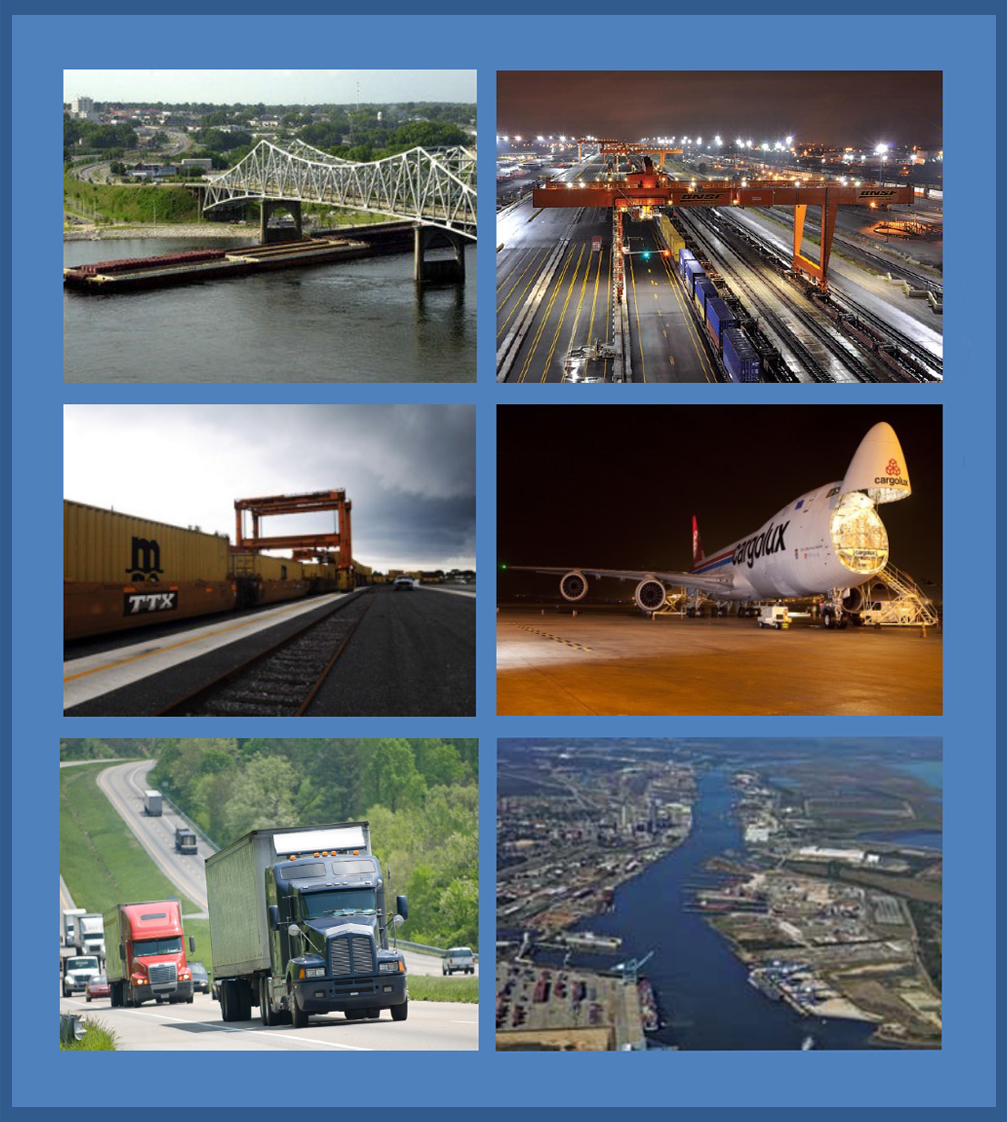
What is the
Freight Planning?
Freight issues are increasingly important to overall statewide planning by all State Departments of Transportation. Economic development and population growth projection are putting increasing pressures on modal choice for delivery of raw materials and finished goods to, from, within, and through the State of Alabama. Manufacturing and distribution activities using air, rail, truck, and waterborne services are seeking faster, less costly, and more efficient means of reaching targeted markets; this demands that the Alabama transportation network, as a whole, functions as smoothly as its many modal parts and intermodal combinations will allow.
Viewers will find this site is primarily a data and information resource relying heavily on mapping and illustration. The intent is to provide planning data and narrative pertaining to modal and intermodal movement both within the state of Alabama and also within a larger regional context. This site will be the repository of the Alabama Statewide Freight Plan and other freight related information.